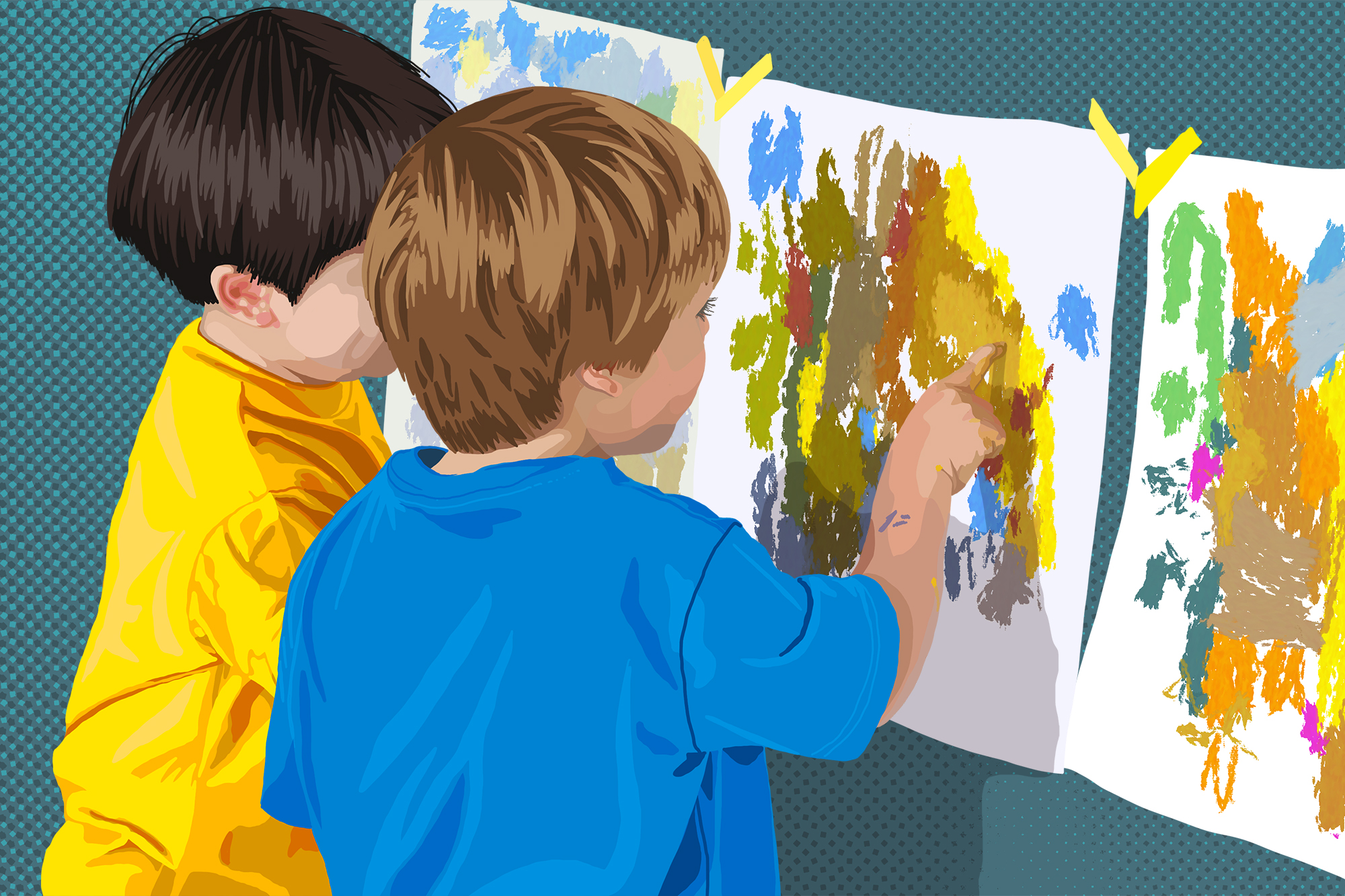In an early childhood setting, almost everything that interests a child can be turned into a learning opportunity. While this may seem exhausting for both learner and teacher, it provides for some exciting new ways to extend learning and enhance development.

“Every child provides us with opportunities every day to extend their interests and learning,” says author and early childhood learning expert Susie Rosback. “So how can we best use these opportunities to maximise their learning outcomes? It just takes four steps!”
1. Pay attention
Listen to what children are saying and what they are interested in. What are they playing with? Which books are they reading? What do they talk about in their conversations with their friends?
2. Show you’re interested
When you see a child showing interest in a particular topic, show that you are interested in it too. Start by extending the conversation or observing their interactions, so you can learn more about this interest and use what you find out to encourage their ideas and play.
3. Take one idea
On the spot, think of at least one way you can extend their interest in that moment. For example, you might grab an engaging resource such as a book or a toy related to the topic or ask a question that you and the child need to answer by doing some problem-solving research on the internet together.
4. Extend it further
Later that day or the next day, create another learning experience that again extends the child’s mind and encourages their interest.
Through these four steps, Susie reminds us that not all children can find the words to tell you what interests them, but every child can show you their interests. While observing a child at play, watch what they play with, what they look at and their facial expressions. This will give you several options for the next steps in extending their learning and, in doing so, enhancing their development.
Having identified these areas of interest, creating inspiring learning opportunities is your next challenge. Rosback’s and fellow author Natalie Coulson’s resource Inspiring Ideas to Support Children’s Interest is a great place to start. It brings together 10 areas of interest including the ocean, space, dinosaurs, gardens, and culture, and explores them in detail. Each area is packed with photographs and innovative ideas that link these experiences with the EYLF and NQS.
And, if you’re looking to encourage even more learning opportunities, try sister publication Inspiring Play Spaces. This book illustrates how to create magical, open-ended, play, providing opportunities for children to investigate, explore, observe, try new things, use their imagination, practise sharing, and so much more! It is a very simple, yet innovative way to turn everyday events into a moment of extraordinary learning – and we all want more of that.











